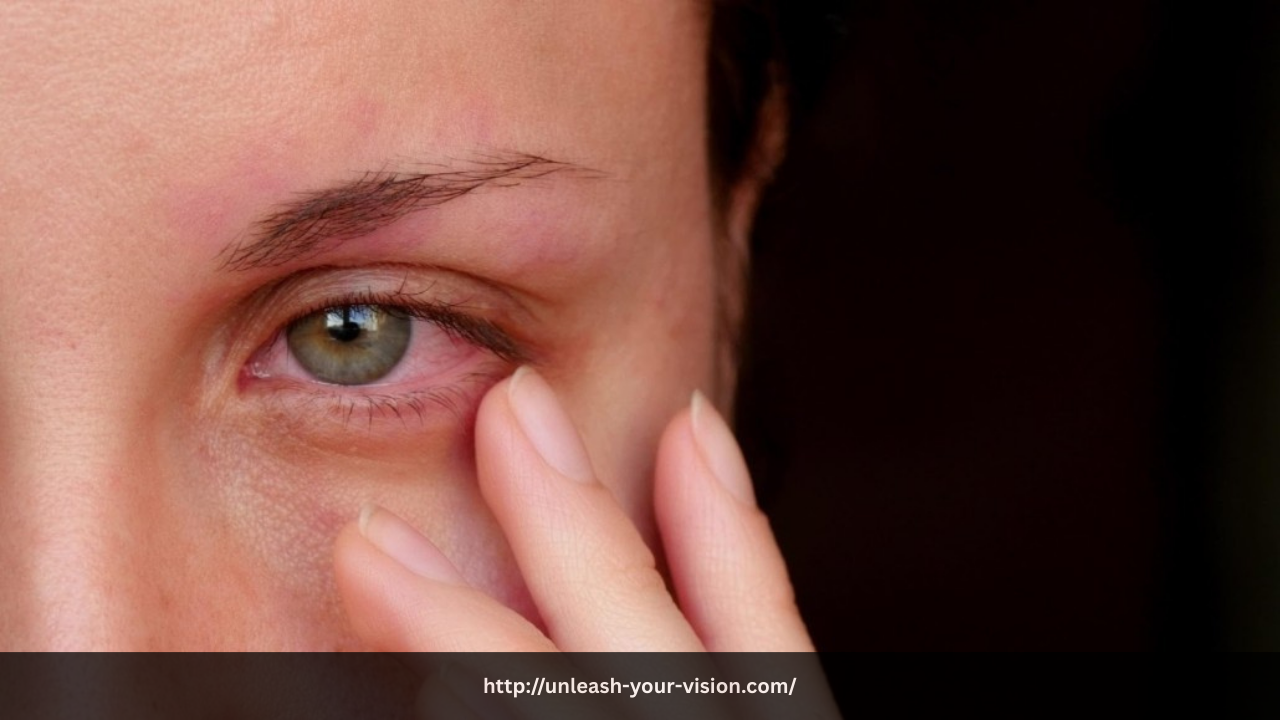 Substance abuse is widely known for its devastating effects on various organs and systems in the body, from the liver to the brain. However, one of the lesser-discussed consequences of addiction is its impact on eye health. The eyes, being delicate and complex organs, are especially vulnerable to the damaging effects of drugs and alcohol. What begins as minor irritation can escalate into serious and irreversible eye diseases, ultimately leading to permanent vision loss. Understanding the dangerous connection between substance abuse and eye disease is crucial for prevention, early diagnosis, and recovery.
Substance abuse is widely known for its devastating effects on various organs and systems in the body, from the liver to the brain. However, one of the lesser-discussed consequences of addiction is its impact on eye health. The eyes, being delicate and complex organs, are especially vulnerable to the damaging effects of drugs and alcohol. What begins as minor irritation can escalate into serious and irreversible eye diseases, ultimately leading to permanent vision loss. Understanding the dangerous connection between substance abuse and eye disease is crucial for prevention, early diagnosis, and recovery.
Immediate Effects on Eye Health
In the short term, drugs and alcohol can lead to noticeable, often uncomfortable changes in the eyes. Alcohol consumption, for example, immediately affects the brain’s ability to process visual information, causing blurred or double vision. This disruption in visual processing can make everyday tasks, like driving or reading, dangerous. Additionally, alcohol dilates blood vessels in the eyes, which can lead to redness and irritation, commonly known as “bloodshot” eyes.
Similarly, substances like marijuana, cocaine, and methamphetamine can also cause immediate eye-related symptoms. Cocaine, for instance, causes blood vessels in the eyes to constrict, resulting in dryness, redness, and irritation. In contrast, marijuana causes blood vessels to dilate, leading to the familiar red-eye effect. Both substances can impair depth perception and reduce tear production, which contributes to dry eye syndrome—a condition that leaves the eyes feeling gritty, uncomfortable, and more susceptible to infections.
Long-Term Effects and Eye Diseases
When substance abuse continues over time, the consequences for eye health become far more serious. Some of the most dangerous and irreversible eye conditions associated with drug and alcohol abuse include:
-
Optic Neuropathy
Chronic alcohol consumption is a leading cause of toxic optic neuropathy, a condition that damages the optic nerve and leads to vision loss. The optic nerve transmits visual information from the eyes to the brain, and when it becomes damaged, the result is a gradual loss of vision, a reduced ability to perceive colors, and in severe cases, blindness. -
Cataracts
Heavy drinking, combined with smoking, can accelerate the development of cataracts—clouding of the lens of the eye. Cataracts blur vision and make it harder to see clearly, causing dimmed or cloudy vision. People with alcohol-related cataracts may experience significant difficulty with daily tasks such as reading or driving, and without treatment, cataracts can result in total vision loss. -
Glaucoma
Stimulants like methamphetamine and cocaine can increase intraocular pressure, contributing to the development of glaucoma. Glaucoma is a condition in which increased pressure inside the eye damages the optic nerve, leading to irreversible vision loss if left untreated. Chronic use of certain drugs that affect blood pressure and vascular health raises the risk of glaucoma, making it a major concern for people struggling with addiction. -
Retinal Damage
Substances like heroin and methamphetamine can constrict blood vessels, reducing oxygen supply to the retina. Without sufficient oxygen, retinal cells can become damaged, leading to vision impairment. Over time, this damage can result in retinal detachment, a serious condition that requires immediate medical attention and can cause permanent blindness if untreated.
Preventing Eye Damage
While the damage caused by long-term substance abuse can be severe, some effects can be reversed with proper intervention. The best way to protect your eyes is to quit drugs and alcohol entirely. Regular eye exams are essential for catching early signs of damage, and a healthy diet rich in vitamins A, C, and E can help support eye health. Staying hydrated and avoiding smoking are also important for reducing the risk of eye-related issues.
Conclusion
The connection between drug and alcohol abuse and eye disease is not only dangerous but often overlooked. What begins as minor irritation can quickly evolve into debilitating conditions like optic neuropathy, cataracts, glaucoma, and retinal damage. For those struggling with addiction, it’s vital to recognize the impact on eye health and seek treatment, not only for their overall well-being but also to protect their vision for the future.